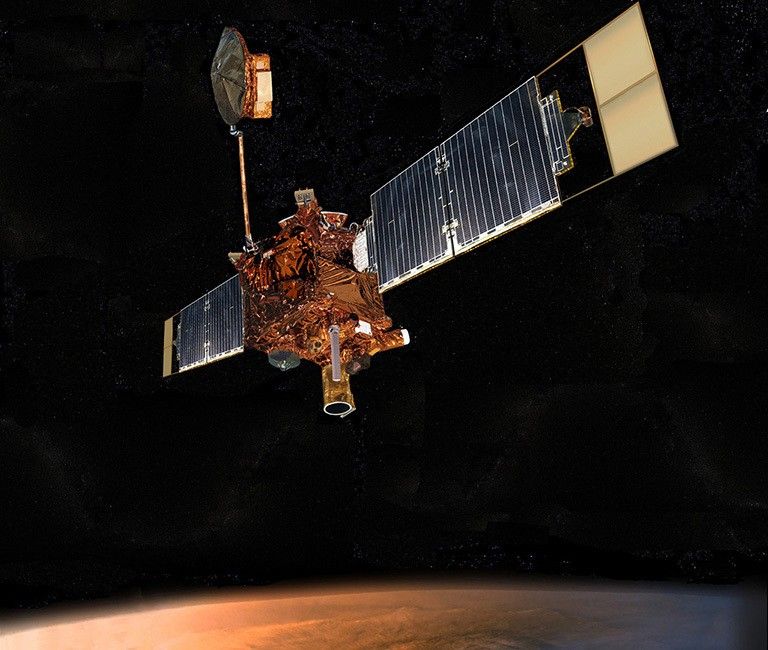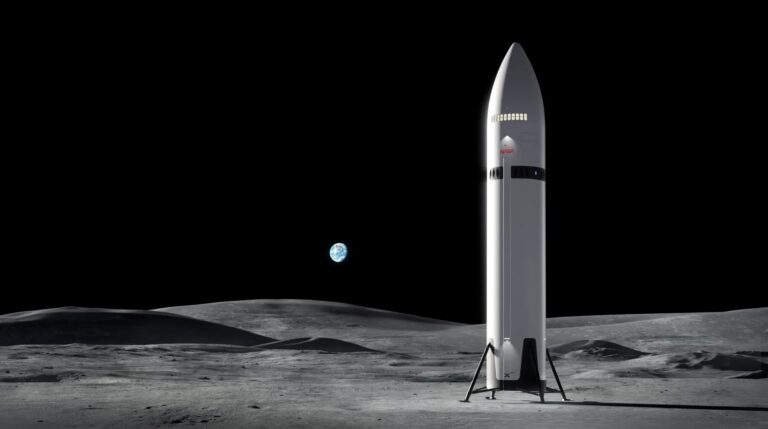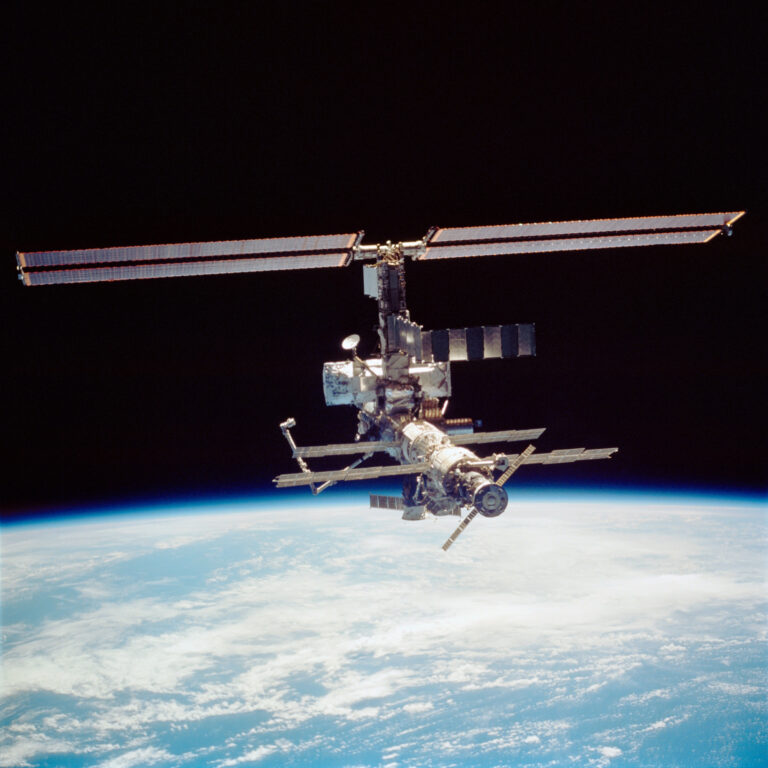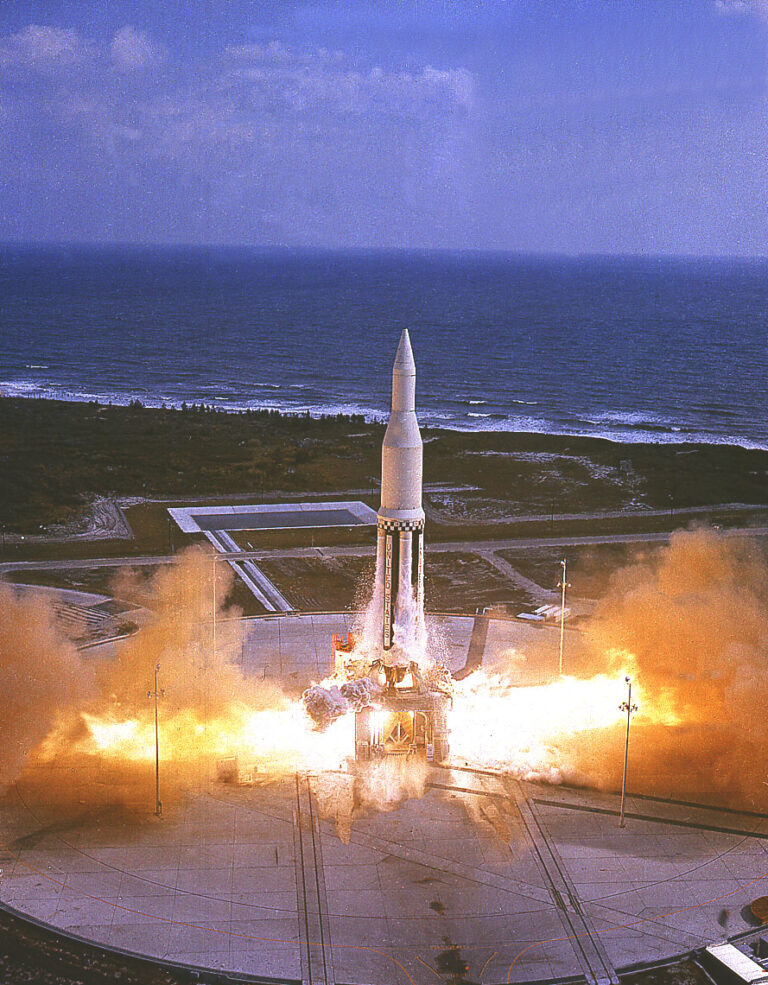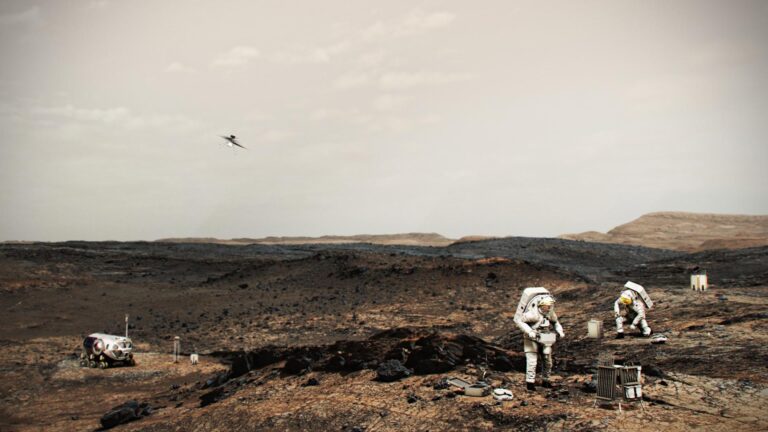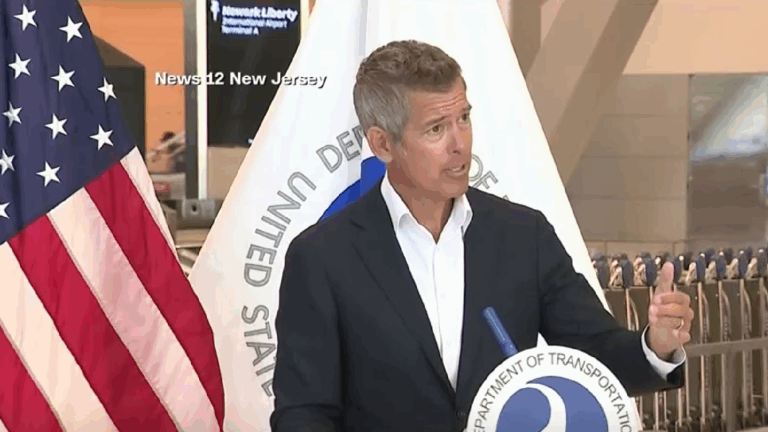Key Takeaways:
In 1977, NASA launched the twin Voyager spacecraft to probe the outer reaches of our solar system. The space agency was still in its infancy then. But with the triumph of the Apollo Moon landings just five years behind them, NASA was ready to dive headfirst into another bold idea.
Thanks to a rare alignment of the solar system’s four outer planets — which happens just once every 175 years — the agency had the chance to redefine astronomy by exploring Jupiter, Saturn, Uranus and Neptune in one fell swoop.
The scheme was a stunning success.
At Jupiter, the probes surprised scientists when they spotted volcanoes on the moon Io and discovered Europa is likely an ocean world. Saturn surrendered its atmospheric composition and new rings. And Voyager 2 returned humanity’s only close-up looks at Uranus and Neptune. To this day, scientists are still making new discoveries by exploring Voyager’s decades-old data.
But these probes haven’t stopped scouting the outer solar system. Voyager 1 and Voyager 2 are still functioning today, making them the longest-running and most-distant space mission in history. Though they are each taking different paths, both spacecraft are still screaming their way out of the solar system. And they still have a long way to go.
In this episode of Infinity & Beyond, join host Abigail Bollenbach as she walks you through two of NASA’s most successful interplanetary endeavors: the Voyager missions.
Stay up-to-date on the latest space and astronomy news, and make sure to follow us on Facebook, Instagram, and Twitter.

